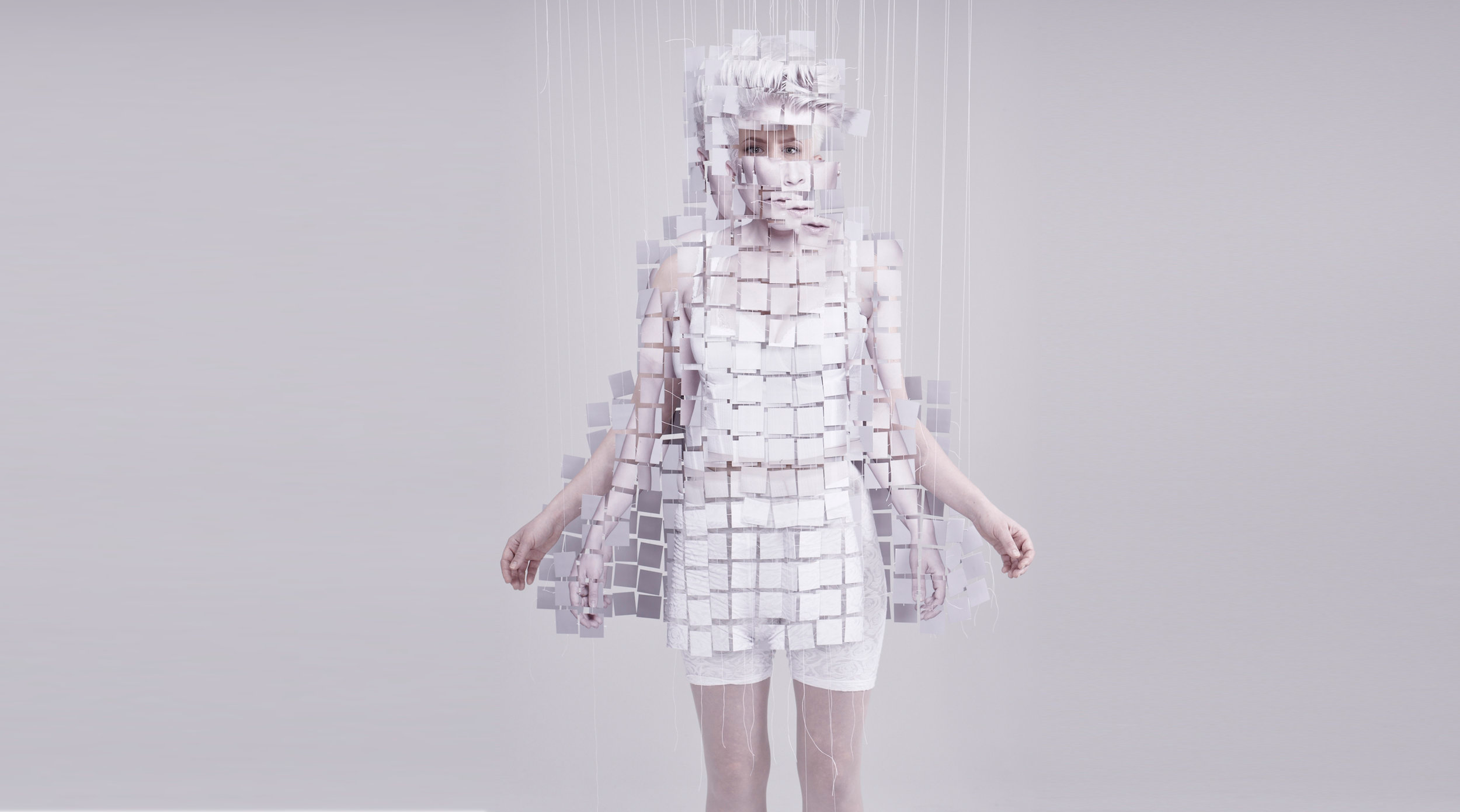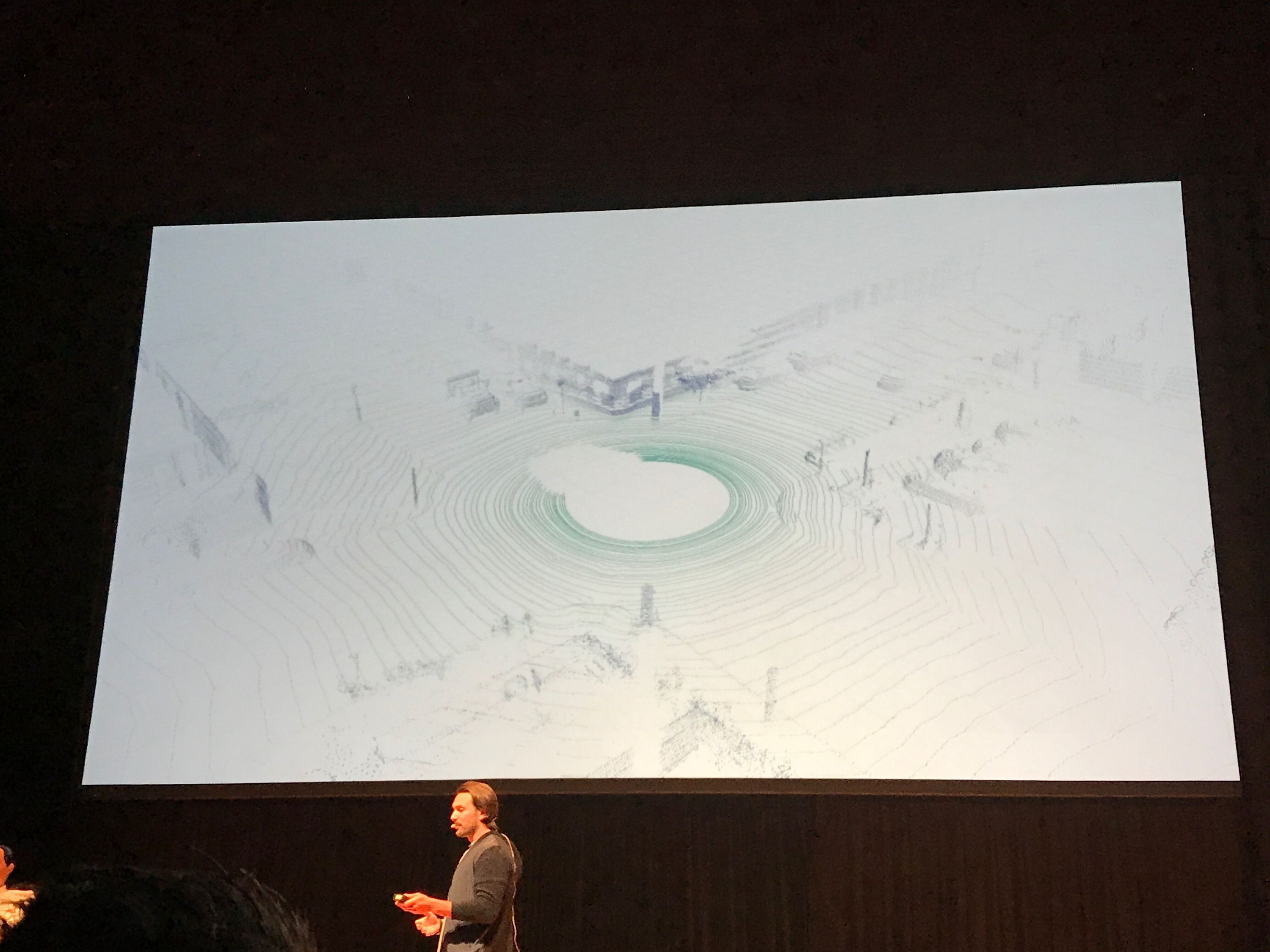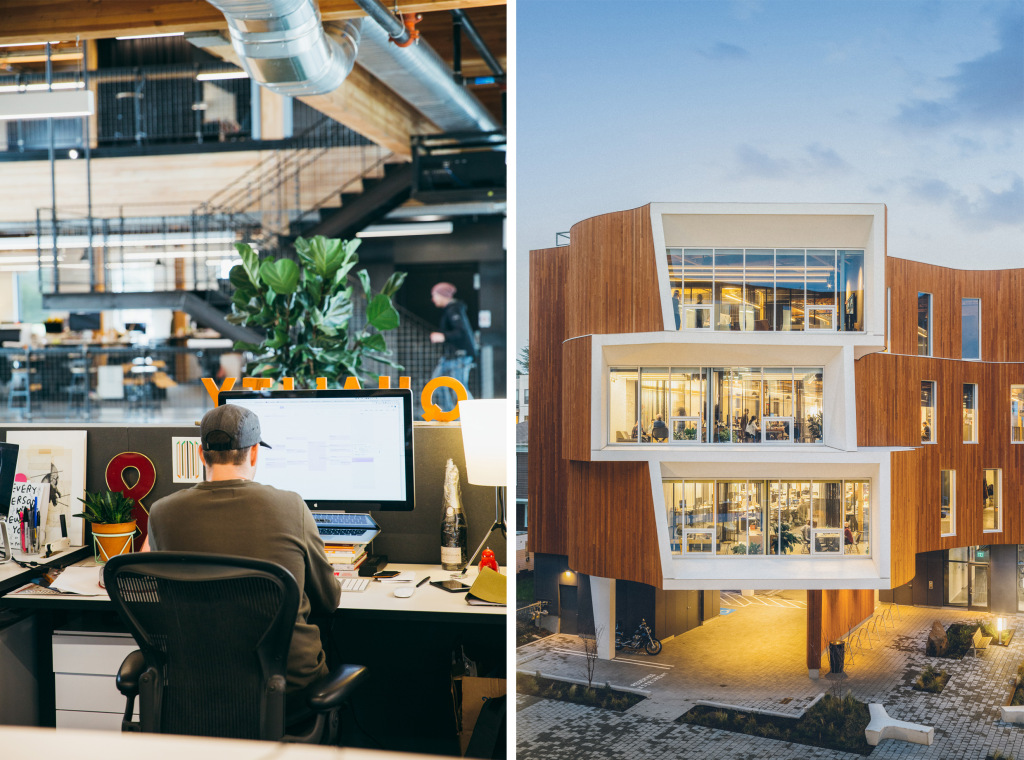My impressions of Semi Permanent 2017
In their own words “Semi Permanent is the Mecca for creatives, entrepreneurs and future thinkers.”
It’s a two-day conference with diverse speakers that range from start-ups to some of the world’s top companies. In the past the topics would focus on creativity, art and design but in recent years there has been an increase in talks about business, strategy and technology.
The conference has been around for 14 years and has chapters all over the globe, so it’s pretty cool to have it come to Auckland every year.
Usually when I describe it to people, I affectionately like to call it “a poor man’s Webstock”. This has much more to do with the affordable price tag than the quality of speakers though. Semi Permanent offers much better value for money in that regard.
Below I picked some of my favourite speakers and my key takeaways for each.
Lucy McRae

Lucy is a science-fiction artist, Body Architect and creator of the Swallowable Perfume. She’s responsible for a variety of projects that explore how the human body will evolve in the future.
She started off her talk by mentioning that she recently wrote her own funeral speech which gave her a unique perspective on life and how she wanted to be remembered.
Lucy also advised not to let labels define you. That’s essentially how she got her job at Phillips by the way. The recruiter asked her what she did and initially she couldn’t really answer that question as she wasn’t a designer, developer, product manager or similar. She spent a week thinking about it and came back convincingly as a Body Architect–she was hired on the spot.
Through her projects, such as Future Day Spa or Make Your Maker she showed that art can help overcome someone’s personal limitations. She believes that what it means to be human will be redefined in the future.
My favourite quotes:
“Design from a place of doubt.”
“Push your body.”
“Move out of your habits.”
“Are we doing what we want right now?”
Learn more about Lucy McRae.
Erik Klimczak

Erik is the Creative Director of Advanced Technologies and Data Design at Uber. He shared insights about the design process at Uber and emphasised the importance of truly getting to know your users by conducting field research on a global scale. Their design teams interview people all around the world to identify their specific needs and problems.
For example I learned that in India, Uber offers a service called MotoX where drivers pick you up on a motorbike, which is the most popular (and most practical) vehicle in the country.
He also mentioned how Uber is constantly creating new opportunities for people. It enables women in Saudi Arabia to travel independently or helps poor households generate additional income to make ends meet.
His talk was very visual and a prime example of telling stories with data. If you’re into that sort of thing I highly recommend checking out deck.gl which is the framework the team uses to create interactive maps. Often they end up looking so good that Erik prints them out to make posters for the office.
There were also animations of Uber driving routes showing things like people getting dropped off randomly around their chosen destination because of inaccurate directions.
What really stood out to me though, was the huge amount of data Uber has at their disposal simply because of people using the app while driving. They can track pretty much everything as you can see in this video of a day in the life of Uber Los Angeles. Whether it’s road conditions, traffic jams, potholes or even the driver’s habits.
Yes, that’s right. Uber can even tell whether or not you’re an aggressive driver. In that regard, Erik noted that the human mind is unreliable as there is always a gap between what people say they do and what they actually do. I’ve found this to be especially true when conducting intercept interviews, where asking the right questions is key to get valuable answers from people.
Fortunately Uber uses and shares this data openly for the greater good. Cities can access the platform Uber Movement and improve their infrastructure based on accurate stats sourced from millions of cars on a daily basis.
Finally he talked about his experience in a self-driving Uber car which felt surreal. Their research showed that people need to be re-assured that the car knows what it’s doing so a screen was added in the back of every car so that passengers can see what the vehicle’s sensors are showing.
Also:
“Ask better questions.”
“Learn from data.”
“The impact on a single person leads to an impact on a whole city.”
Learn more about Erik Klimczak
Instrument

This talk featured three directors of the design agency Instrument: Steve Denekas (Executive Creative Director), Kara Place (Executive Director) and John Brown (Technical Director).
To kick things off they showed us their recent reel which is simply amazing:
This talk was full of little gems and takeaways around the design process, team work, client relationships and innovation. I found Steve’s part the most interesting and relevant so that’s what I’m going to focus on.
“Good ideas come from bad ideas.”
At Instrument they believe that ideas come from everywhere. Whether it’s the newly hired intern or someone from the accounting team. Everyone can contribute their ideas and thoughts regardless of job titles.
This really resonated with me as I’ve found that in the past some of the best ideas or solutions came from developers.
“Find the truth and build it.”
When it comes to the design process, Steve advised to “move quickly from talking to doing.” Instead of wasting time in random meetings, start producing something tangible that you can talk about in a meaningful way. I believe in doing just enough research to start iterating on a solution and getting feedback as early as possible.
“Tell clients that you don’t know.”
The process has a beginning and an end, but it’s the middle that’s undetermined. Steve and the team are honest with clients when approaching a new problem.
In my experience the truth is that often we know the problem but we’ll have to diverge and iterate to come up with a solution. This part often makes people uncomfortable and they like to see a solution upfront which achieves little more than setting false expectations.
I loved that he embraces the unknown of the process and communicates it clearly to clients.
Finally, the team talked about their recent project with Google where the brief was to showcase power of the Google Cloud in innovative ways.
This led them to try out all sorts of weird experiments with those apps. For example they managed to do animations within Google Sheets and found out that it has a frame rate of 20FPS. (Something that even Google engineers didn’t know — why would they?)
Also:
“Make complex things simple.”
“Give people something to react to.”
“Don’t use Lorem Ipsum.”
“Love the problem.”
“Sweat the details.”
“Ask the right questions during discovery.”
Learn more about Instrument